
分散式自治實踐與研究者,尋找有別於電馭極權與財閥亂鬥的第三條路。喜歡討論,請別客氣與我討論。
2022 Linz Electronic Arts Festival (2) | A politically correct science fair celebration, and not very flashy
Linz Becomes the Maker Carnival?
The week-long Ars Electronica Festival 2022 has come to an end, and it is finally possible to get away from the overhead world composed of light steel frames, plastic hoses and electronic screens. As a result, as soon as we arrived at the check-in counter at Vienna Airport with a long queue, we happened to meet Mr. Masaki Fujihata . He took the initiative to say hello to us, so I summoned the courage to ask, "After participating in so many years, how did Fujihata-san see the event? (Can you take a group photo?)" I was really curious about how the pioneers of new media art in Japan view this year's Lin here. As always, Fujihata-san said with a smile: "This Electronic Arts Festival is a lot like a big Maker Faire, but I don't hate it."
Indeed, this year, many participants commented on the same level as Fujihata-san. Some people said that the Linz Electronic Arts Festival is like a large-scale science exhibition. The sophistication of the exhibition space can be further improved, and there are even clues in the discussion before the meeting. When we were discussing the wiring of the exhibition, the festival chairman made it clear that the wiring would be placed randomly. "Messy is our style," he said. As a result, the actual wiring to the site is clean, which is beyond my expectations!
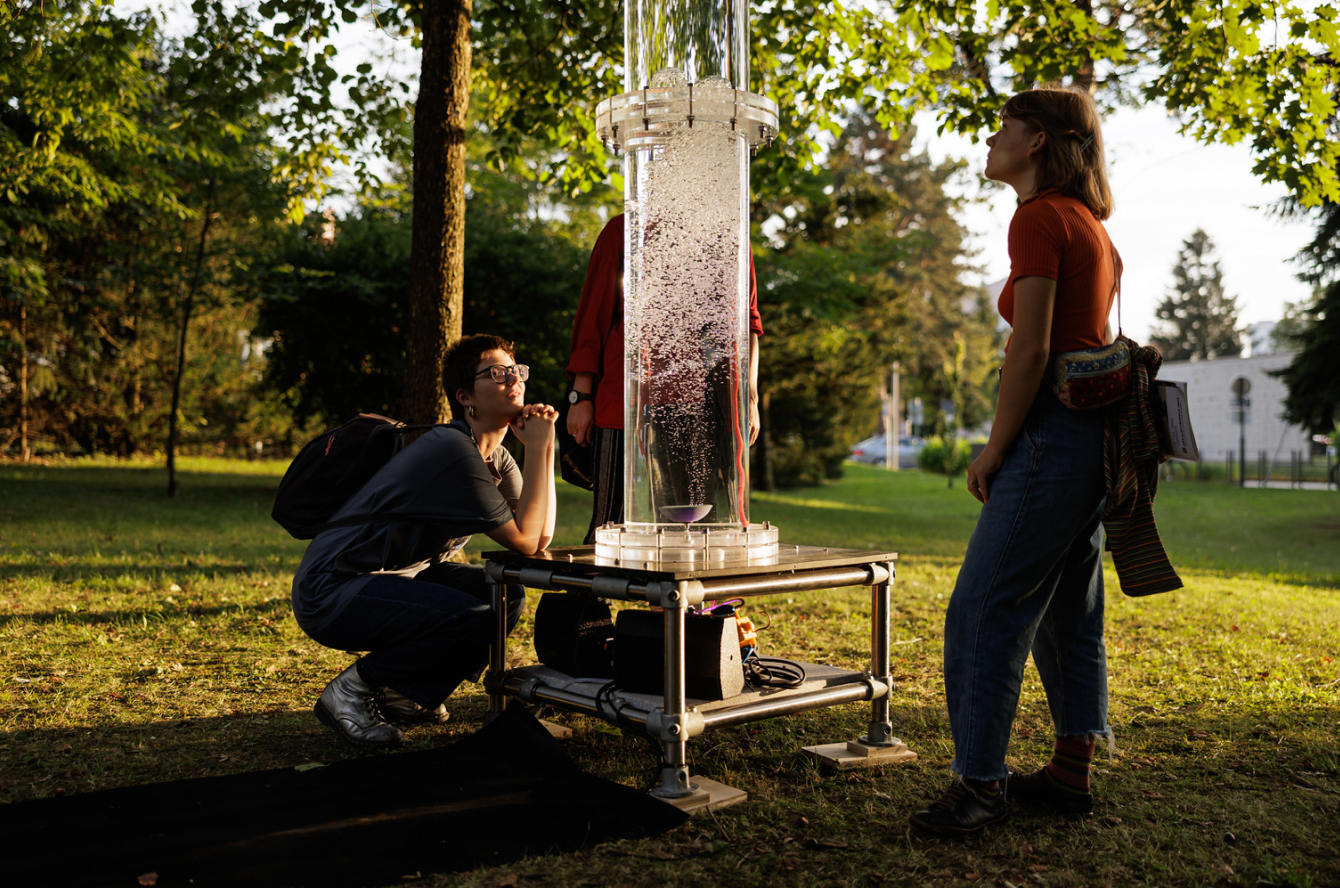
While waiting at the airport, Fujihata Sauna showed a piece of his work called "White-Balance" (white balance, 2021-present). This is a networked network monitor monitoring Fujihata-san's lab. The webcam is facing a rotating model of the White House, which has been online since last May. Viewers online can change the color of the lights on the White House at any time, from blue to red. The webcam automatically adjusts the white balance so that the White House will return to white no matter what color light it is shining on. Fujihata-san used this remote work to discuss the 2021 Storming of the United States Capitol caused by Trump supporters and the increasingly divisive cultural platter.
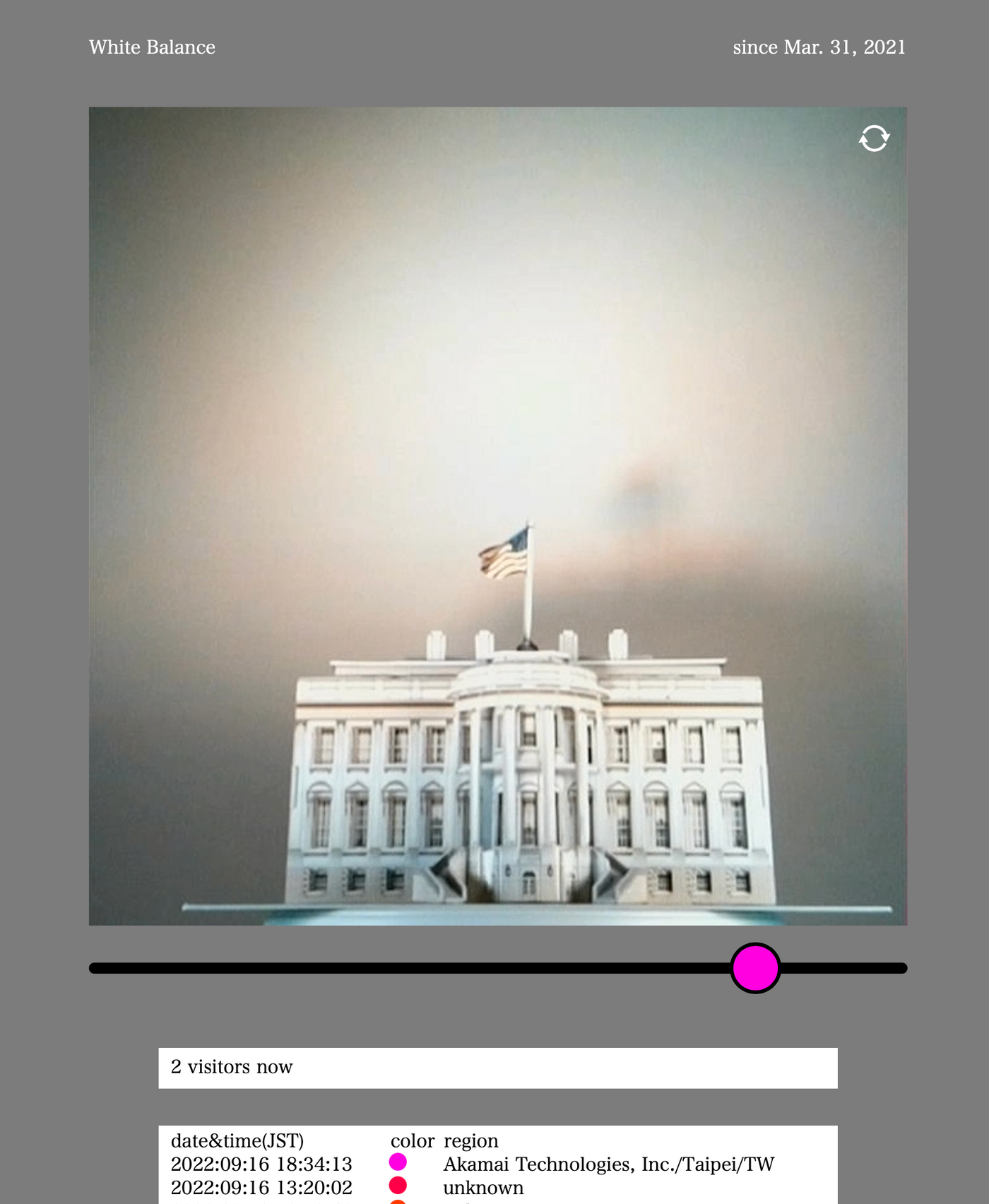
Fujihata-san has another work this year that was nominated for the Prix Ars Electronica (Interactive+) category (Honory Mention), titled Brave New Commons. Brave New Worlds), and hold a dialogue workshop during the exhibition. Fujihata-sang cast the digital file "tmp" in 1985 into NFT in an almost digital archaeological way, and discussed the similarities and differences between the digital copy and the original in a public finance way (by the way, he achieved commercial success). The jury believes that Fujihata-san's operation has established a new dialogue form from the commercial NFT hype in the past year. As a pioneer of electronic art, Fujihata-sang can use his later works that are cooler and more "beautiful" to cast NFT. But his choice to create discussion with his near-digital junk studies, with hindsight, was indeed favored by this year's jury.
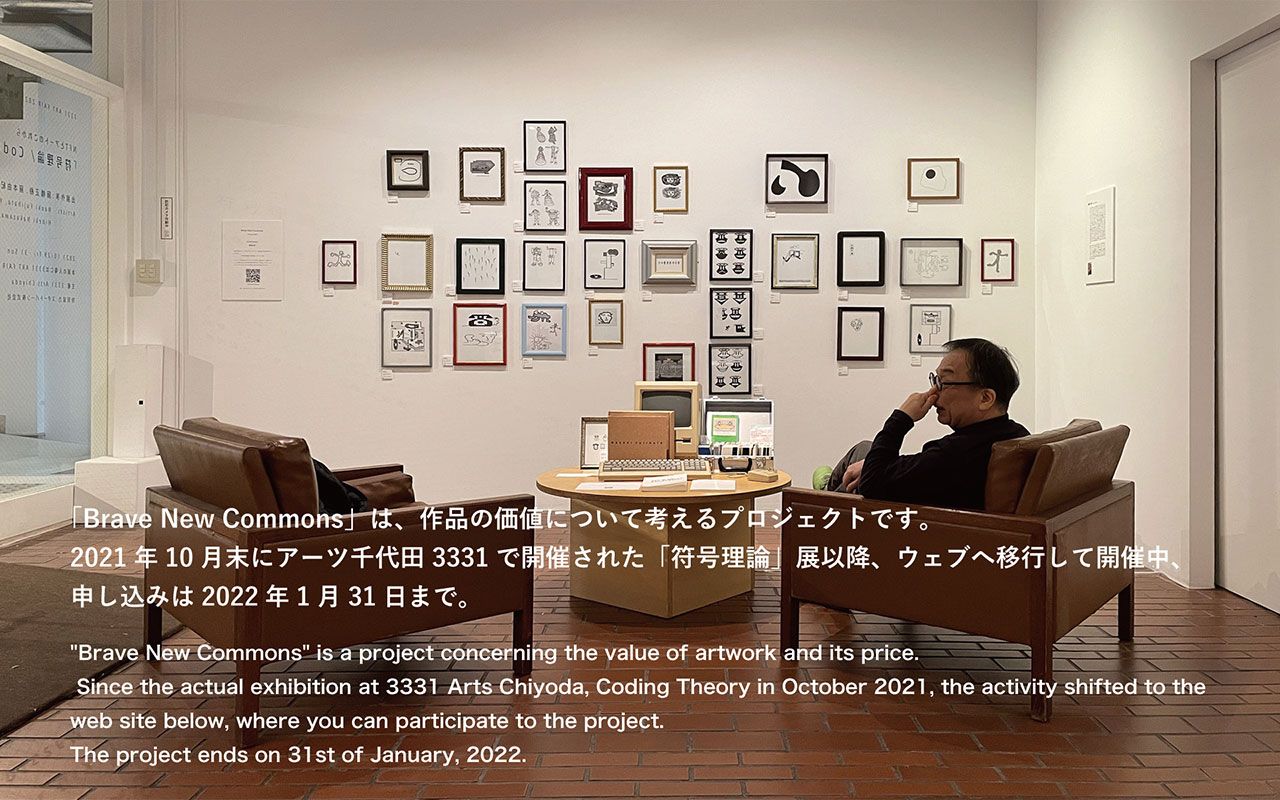
When the Yellow Umbrellas get Kinnica, what is political correctness?
But the senior Fujihata-san did not win this year's Golden Nica. This year's Golden Nica Award for Interactive Art was awarded by the new generation of Taiwanese artist and researcher Xu Rong and Colombian Emerging-Media Artist Natalie Rivera Take it away, their work is called "Bi0film. net: Resist Like Bacteria", they are classmates of the Berlin Institute. The Linz Electronic Arts Awards are divided into three levels, from bottom to top are Honor Mention (honorable mention), Award of Distinction (merit award), and a limited group of Golden Nica (Golden Nica). This time Xu Rong won the award, which is also the first person in Taiwan's history to win the Golden Nica award.
In the past, when I was still working in the hospital, the elder sister of surgery hated biofilm the most. In case of a pile of biofilms inside the abdominal cavity, although the elder sister wore a mask, her face stink was still very obvious. One is that it is very troublesome to remove these biofilms, and the other is that the existence of biofilms increases the risk of infection. Of course, my face stinks just as well, because I'm farther away from the time when I'm pulling the hook.
But from a bacterial point of view, it is definitely the opposite. Biofilms allow bacteria to create a safe niche (Niche), so that microbes are not destroyed by the immune system of larger organisms. Xu Rong and Natalie use bacteria as a metaphor for the protesters, perhaps against the Leviathan, the totalitarian of the new era. Based on an open-source peer-to-peer wireless network device, bi0film sits on a yellow umbrella symbolizing resistance, the immune system is the totalitarian enforcer, and the umbrella is the biofilm.
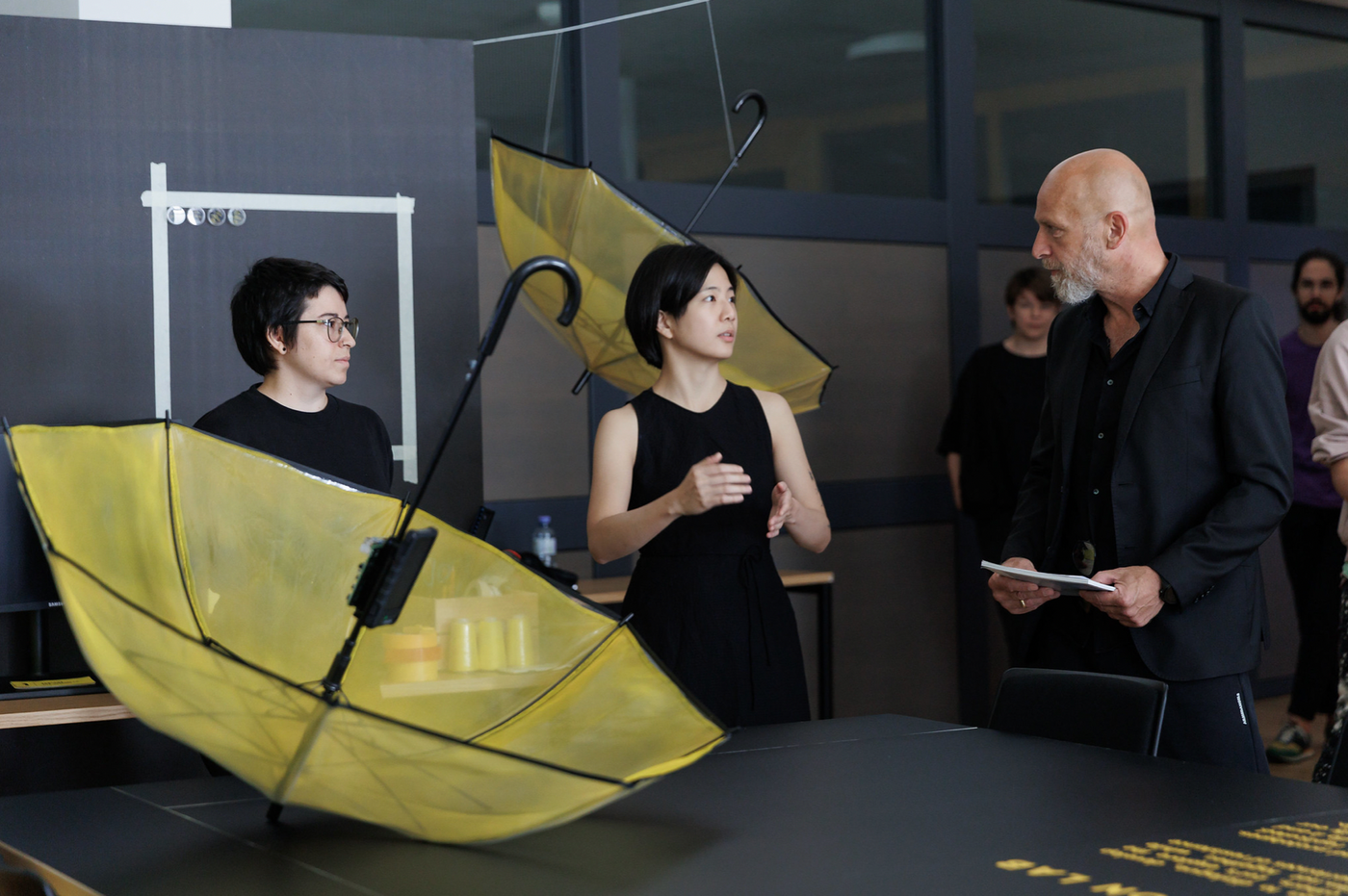
Cleverly, if the umbrella is turned upside down, the umbrella becomes a WIFI antenna, which is visually and functionally ingenious. The jury noted: "bi0film, in the collaboration between two transnational/intercontinental artists, empowers all participants in society and offers alternative solutions for those of us who are concerned with socio-political issues in the midst of a pandemic."
bi0film isn't the first Linz Electronic Arts Award-winning work on East Asian politics and technology. The 2020 Linz Electronic Arts Festival Digital Community (Digital Community) Kinnica Award was won by Hong Kong people with the title "BE WATER by Hong Kongers". This is also the first time that Linz has an unspecified majority of anonymous people. Award. The award-winning content presentation includes composite media such as Liandeng, TG (Telegram), AD (Airdrop Flyer), online joint signature, Lennon Wall, and Wishing for Glory. This was a year after the 2019 Anti-Extradition Movement, and the jury commented: "Hong Kong's model of collective action is in many respects a model of the concept of digital community, with protesters not targeting specific technologies to organize, but using digital media as One of many means of assembling, communicating, recording, and evading surveillance. . . . Technological tools are ephemeral and interchangeable, the only constant is interpersonal relationships and shared goals.”
In 2018, Taiwan's Zero Hour Government (g0v) also won the Excellence Award in the digital community category, and was invited to participate in forums and exhibitions to showcase citizen technology and "no one" to create a special digital community. group culture. This year's jury commented: "g0v wants to create an open and transparent foundation to permanently strengthen democratic structures, while also creating a foundation of mutual trust between citizens and government."
Politically Correct Electronic Arts Authority
"Politics and art cannot be viewed separately."
Gerfried Stocker, Art Director and Co-CEO since 1995.
I wrote in the title that the Electronic Arts Festival in Linz is a politically correct celebration, or a large-scale event in line with the European Zeitgeist (Zeitgeist), not empty words. In fact, the Linz Electronic Arts Festival has always been a city-scale event that requires large-scale sponsors, and in addition to official funding, it also constantly needs sponsorship funding, and Taiwan has also found a role here. In 2020 and 2021, due to the epidemic, the Linz Electronic Arts Festival will shift the focus of its activities online, decentralize the curatorial power, and set up a decentralized garden, allowing different cities to create their own local electronic art celebrations. The Taiwan part Garden Taipei/Formosa is also involved. In 2022, when the Europeans take off their masks, the Electronic Arts Festival will return to Linz. When the Electronic Arts Festival of Linz returns from decentralization to centralization, two countries will be absent collectively, namely China and Russia.
In 2019, the year of the anti-extradition campaign, Shenzhen, China just held the "Linz Electronic Arts Festival 40th Anniversary Documentary Exhibition" by Zhongzhou Future Lab, Design Internet, and Central Academy of Fine Arts, and transplanted the important works of the Linz Electronic Arts Festival. In mainland China, the Chinese government will be absent collectively in 2022, and only a few Chinese artists in Europe will participate or be nominated. The same history of moving exhibitions has also happened in Taiwan. In 2005, "Pleasure - 25 Years of the Austrian Electronic Arts Festival" co-curated by Lin Shumin and Hu Chaosheng was exhibited at the National Museum of Fine Arts in Taichung. Since 2006, the Taipei Digital Arts Festival has just been launched one after another, with the birth of the "Digital Art Award", "Digital Art Critic Award", "Digital Art Performance Award", and the construction of the digital art industry ecology belonging to Taiwan in the next ten years. Tie. (See "2006-2016 Documents for the Next Round of Taiwan's Digital Art")
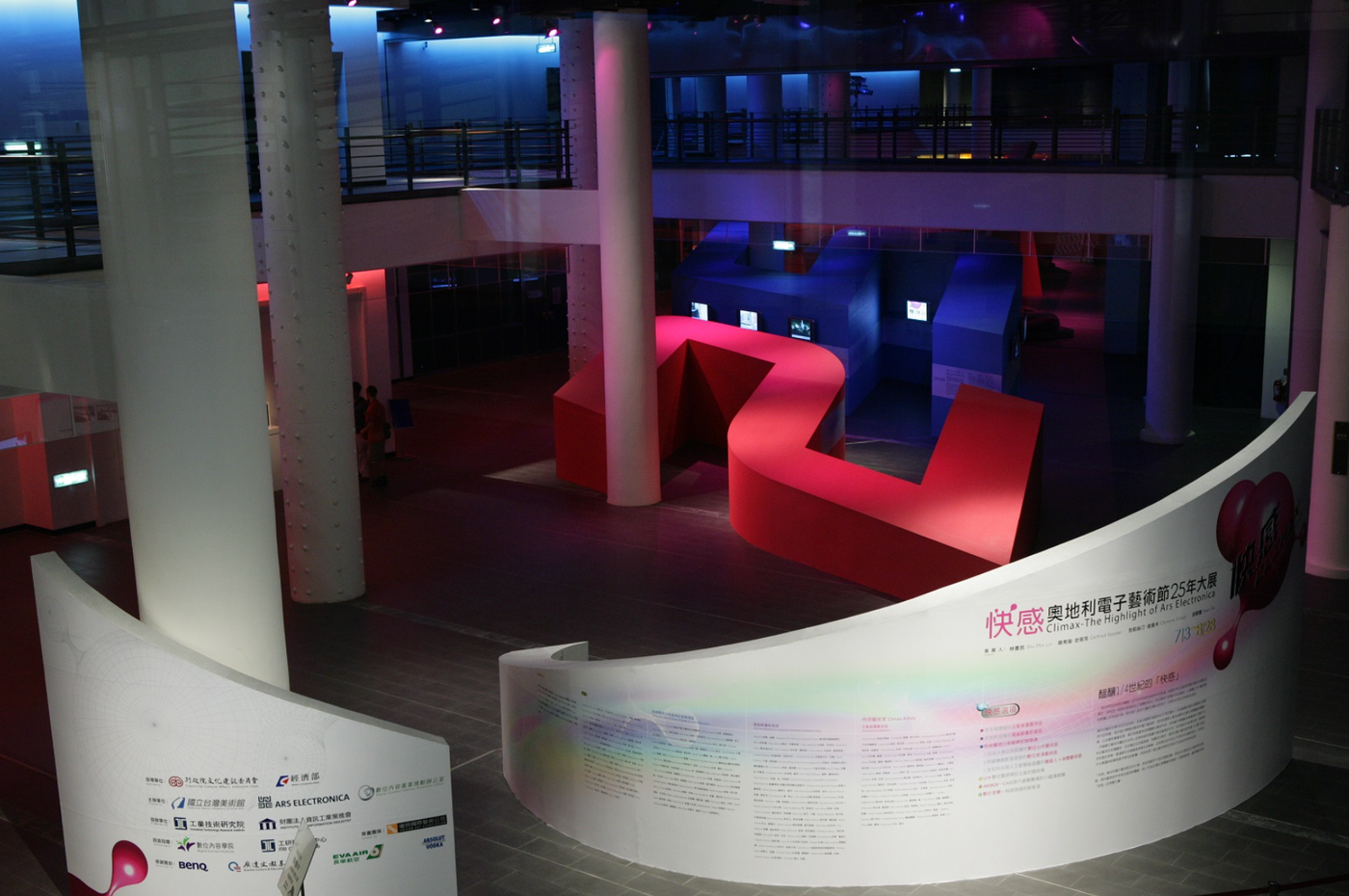
In 2019, at the same time as the China 40th Anniversary Documenta was held, Linz Electronica officially published a book on the 40-year history "Creating the future: A Brief History of Ars Electronica 1979–2019", which discusses the 40-year history, What is Ars Thinking, perhaps an open spirit that combines an artist's thinking with a readiness to take risks. In addition, Stocker also said: "Technology is a kind of culture, but culture also shapes technology." Looking back this year, perhaps from a European perspective, it is self-evident why East Asia is politically correct.

At the same time, this year's Electronic Arts Festival Linz has set up a very special exhibition called "State of the ART(ist)" (curatorial name puns, the most advanced / the status of the artist), online Simultaneously displayed below. This exhibition focuses on the video works of persecuted Ukrainian artists, as well as the protest works by artists from Hong Kong, Myanmar and Syria. The exhibition organization even provided funds for persecuted Ukrainian artists to continue to create and survive.
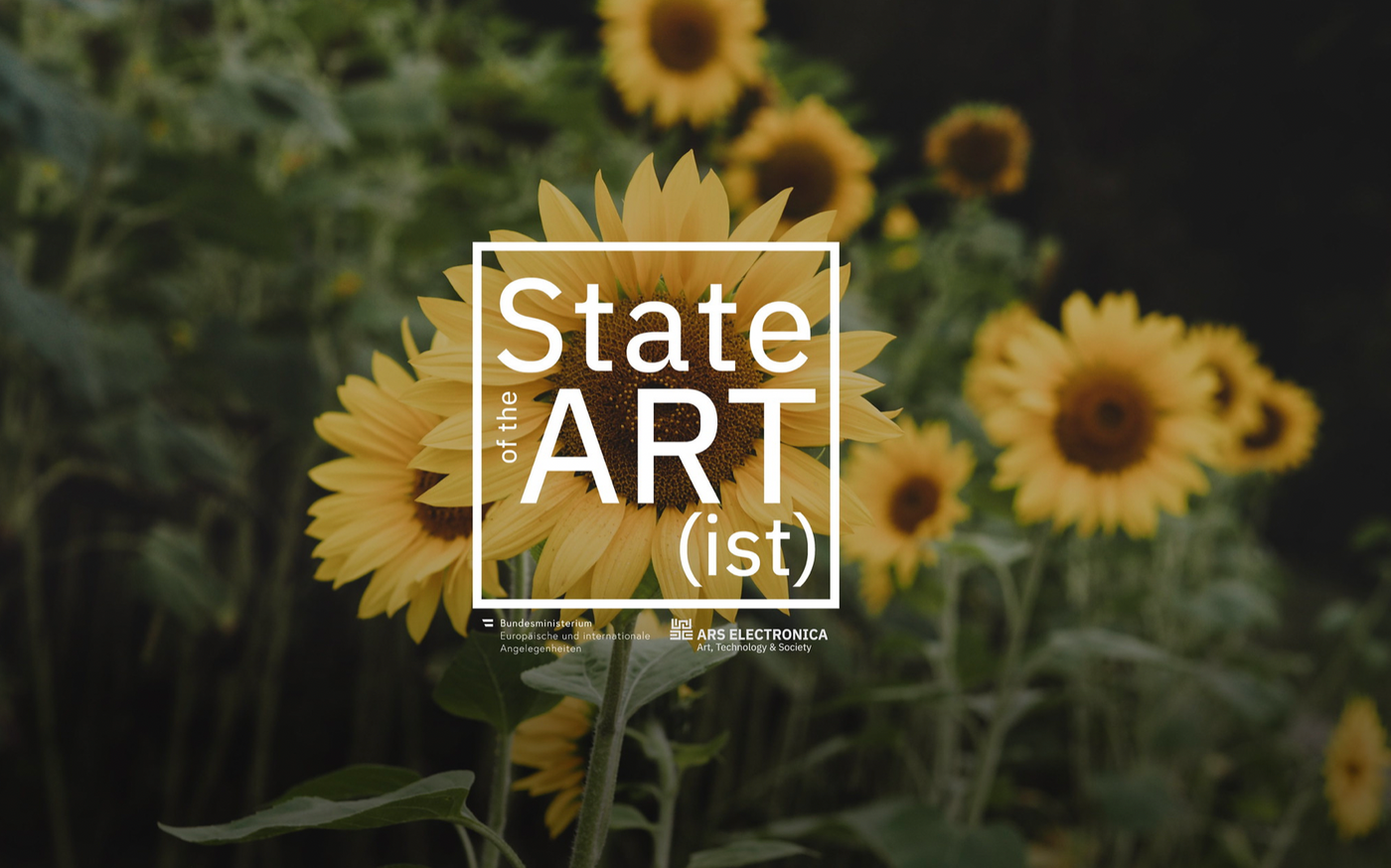
Linz Electronic Arts Festival with Diversified Evolution and Capital Renewal
We can also observe the relationship between Linz and the EU from the diverse festival designs. An article by Taiwanese bio/science artist Gu Guangyi unveils the subsidy system for us. The European Union's Creative Europe, from 2019 to 2022, facilitated a large-scale grant program called Studiotopia, which matches artists and scientific institutions to create cross-disciplinary co-creation residencies. This year just happened to be the closing year, and the theme exhibition area in Linz was named STUDIO(dys)TOPIA, which can be regarded as the publication of the results of these four years.
Gu Guangyi exhibited two works that participated in the Studiotopia project. They are the "Plant Migration Integration Center" discussing the history of plant migration and the "Three-colored Man", which is a speculative design for medical services. (As an aside, here is a big promotion of "Plants to the World - The Time and Space Travel History of Taiwan's Alpine Plants", please wear politically correct colored glasses to read) and FAB DAO 's Baiyue Project is also exhibited in this exhibition area to discuss Future art and activism. Tang Feng, who just served as Minister of Digital Affairs moda (Ministry of Digital Affairs) , also participated in an online speech at the forum on this topic, entitled Free the Future.
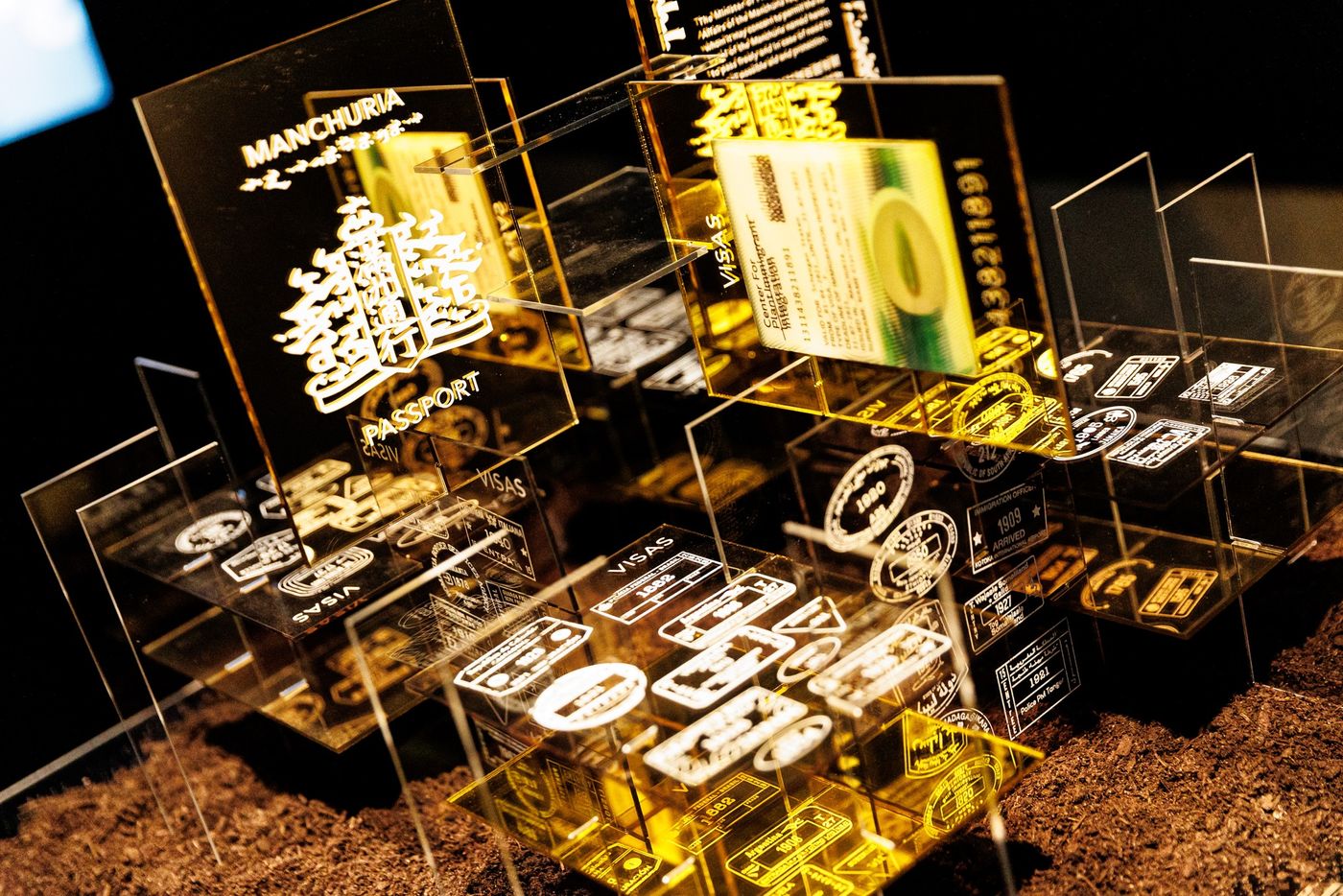
In addition, in addition to the Prix (Linz Electronic Arts Award), the Electronic Arts Festival also has a very important award called STARTS Prize (Science, Technology and Art Innovation Award), which is a consciously promoted award subsidy method by the European Union. Bauhaus movement (New European Bauhaus, NEB) as the guideline of the action, towards the human factor, circular economy innovative artistic action as the goal.
The grand prize winner this time is Holly+, Holly Herndon's ambitious digital twin project. (I introduced the NFT works of this Linz Electronic Arts Festival in the previous article, but I missed this work! Corrigendum here) Holly uses AI technology to transmit her own voice and video to the Internet, and creates an easy-to-experience UX (using user experience), so that everyone can create Holly. This is equivalent to using DeepFake technology in reverse, allowing Holly memes to push politically correct content into everyone's minds like a virus (the so-called spiritual vaccine). At the same time, Holly+ also established a DAO so that holders can jointly manage Holly's digital identity, including the use of sound and video. Of course, Holly+ is also very good in NFT sales, 40% of which are entered into DAO and handed over to holders for joint governance. The jury said: "Holly asks a key question 'what does it mean to have a voice?' This work uses artificial intelligence and web3 tools to deconstruct the digital economy, digital sovereignty and the independence of digital identity, the artist's role in the 21st century society. Perhaps the most important role is to face risks and accept challenges in this huge technological/social complex.”

In the end, the official of the Linz Electronic Arts Festival attached great importance to the U19 category award "U19 - Create Your World", and even moved the main award-winning exhibition CyberArt to the second floor, and the U19 exhibition space was placed on the first floor where the most people passed by.
From revolution to resilience, reinventing electronic arts.
In 1987, the Linz Electronic Arts Festival launched the Prix for the first time two years after Fujihata-sang painted the digital study "tmp", which was divided into three categories at that time, namely computer animation, computer graphics, computer music, The winner of the first computer animation was Pixar Animation's "little Luxo Jr." (1987), and the Linz Electronic Arts Award has led the digital revolution for decades and challenges itself every year.
To this day, the computer animation awards still exist, and other awards have evolved into Interactive Art (Interactive+), Digital Communities (Digital Communities), and a sub-award Digital Humanity (Digital Humanity). Looking through the 40-year history of electronic art in Linz, you can probably find that the current Linz officials are consciously jumping off the upsurge of digital technology development, and moving forward to discuss more open, more experimental, and more social works. . Linz is moving from a role of digital revolution to a champion of digital resilience, and Linz is re-inventing art to create social resilience (Re-inventing Art, Resilience for Public Good). After all, it has always been difficult for digital art to enter the financial/art market. After more than 40 years, Europe or Linz is becoming a public award and subsidy manager with the right to speak in digital art.
Martin Honzik, Director of the Electronic Arts Festival Linz, said: "This time, let the artist present his theme, not the organizer to explain the theme." But we can still find out from the jury statement, the exhibition introduction, the curator/guide's oral explanation Many axe gouges, subservient to the gigantic celebrations of some mainstream ideology.
From the STUTIOTOPIA just introduced, you may have foreseen that the exhibition is not easy to digest and understand in a short period of time, because various disciplines are as deep as the sea, and understanding the scientific context is no easier than understanding the context of contemporary art, but only by understanding the background can you have a little understanding of the Aesthetic approach. Under this premise, we must rely on audio guides, exhibition board introductions, and more auxiliary videos as the exhibition experience process (welcome to the Serpentine Gallery's article on digital art curation, Future Art Ecosystem 2). Therefore, some visitors suggested that this exhibition is very similar to a science exhibition, a carnival of self-makers, an unfinished art exhibition, etc. This may be a deliberate direction created by the curator.
Finally, because my personal ideology is in line with the exhibition side, I am very happy to visit the exhibition (such as the view on East Asian politics). Interested exhibits will even come and go on different days to see if they can bump into the artist himself, and the relationship between the artist and the work may never be cut off. Under this premise, gorgeous or not is not the point.
Welcome to Planet B
A different life is possible, but how?
(Finish)
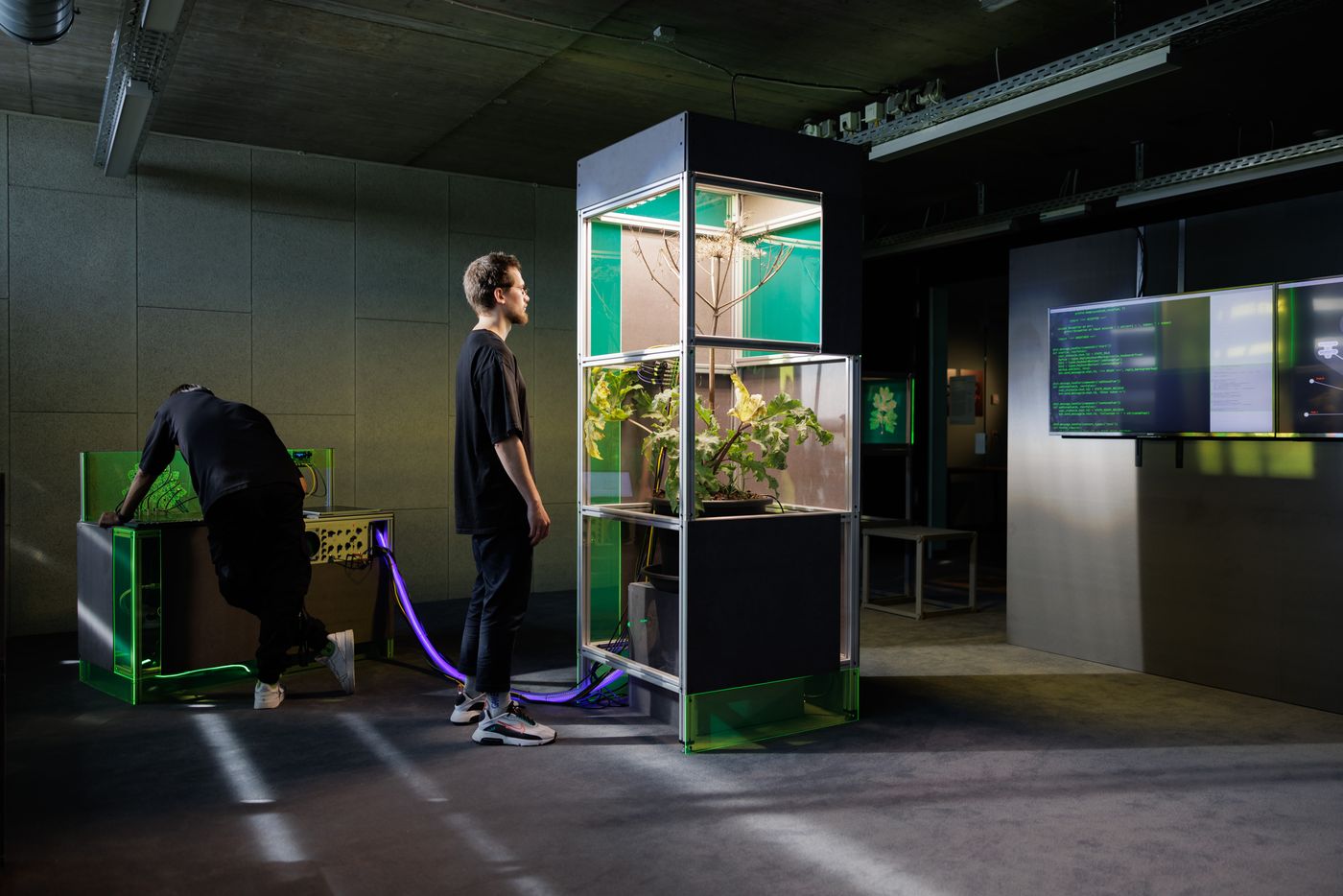
Introducing works:
- Masaki Fujihata, White Balance, 2021 https://white-balance.net
- Masaki Fujihata, Brave New Commons, 2022, https://mf.3331.jp
- Rong Xu, Natalie Rivera, bi0film, https://www.bi0film.net
- "Be Water by Hong Kongers", https://www.storm.mg/article/3088940
- g0v Zero Hour Government Advances Electronic Arts Festival Linz, https://artouch.com/art-views/content-276.html
- State of the ART(ist) 2022 online exhibition (with sunflowers in the background) https://ars.electronica.art/stateoftheartist/en/winners/
- Holly+, https://holly.plus
Further reading
- Documents for the Next Round of Taiwanese Digital Art: 2006-2016
- Creating the future: A Brief History of Ars Electronica 1979–2019, link to full text
- Gu Guangyi, from the EU Studiotopia "Art and Science" interdisciplinary project, talks about the match between artists and scientists
- STARTS Prize
Photo citation link:
- https://www.flickr.com/photos/arselectronica/52342949320/in/album-72177720301368294/
- https://www.flickr.com/photos/arselectronica/52098401454/in/album-72177720300965420/
- https://www.flickr.com/photos/arselectronica/52341112038/in/album-72177720301547147/
(The picture shows the official photo of the STUDIO(dys)TOPIA exhibition in Linz, the work Feral Automated System: ULTB-1 / Posthuman Studies Lab (RU))
Like my work?
Don't forget to support or like, so I know you are with me..
Comment…